The industrial alcohol market in the US is characterized by a competitive landscape that is increasingly shaped by innovation, sustainability, and strategic partnerships. Key players such as Cargill (US), Dow Chemical Company (US), and Eastman Chemical Company (US) are actively pursuing strategies that emphasize technological advancements and eco-friendly practices. Cargill (US), for instance, has been focusing on expanding its bio-based product portfolio, which aligns with the growing demand for sustainable solutions. Meanwhile, Dow Chemical Company (US) is leveraging its extensive research capabilities to enhance its production processes, thereby improving efficiency and reducing environmental impact. Collectively, these strategies not only bolster their market positions but also contribute to a more competitive environment that prioritizes sustainability and innovation.
In terms of business tactics, companies are increasingly localizing manufacturing and optimizing supply chains to enhance responsiveness to market demands. The competitive structure of the market appears moderately fragmented, with several key players exerting influence over various segments. This fragmentation allows for a diverse range of products and innovations, while also fostering competition among established and emerging players alike.
In November 2025, Eastman Chemical Company (US) announced a significant investment in a new production facility aimed at increasing its capacity for sustainable alcohol production. This strategic move is likely to enhance Eastman's ability to meet the rising demand for eco-friendly industrial alcohols, positioning the company favorably in a market that is increasingly leaning towards sustainability. The investment underscores Eastman's commitment to innovation and its proactive approach to capturing market share in a rapidly evolving landscape.
In October 2025, Valero Energy Corporation (US) unveiled a partnership with a leading technology firm to develop advanced biofuels derived from industrial alcohol. This collaboration is expected to accelerate Valero's transition towards renewable energy sources, reflecting a broader industry trend towards sustainability. The strategic importance of this partnership lies in its potential to enhance Valero's product offerings while simultaneously addressing environmental concerns, thereby aligning with consumer preferences for greener alternatives.
In September 2025, Green Plains Inc. (US) launched a new initiative aimed at integrating artificial intelligence (AI) into its production processes. This initiative is anticipated to optimize operational efficiency and reduce costs, positioning Green Plains as a leader in technological innovation within the industrial alcohol sector. The integration of AI not only enhances productivity but also aligns with the industry's shift towards digital transformation, indicating a significant trend that could redefine competitive dynamics.
As of December 2025, the industrial alcohol market is witnessing trends that emphasize digitalization, sustainability, and technological integration. Strategic alliances are increasingly shaping the competitive landscape, allowing companies to pool resources and expertise to drive innovation. Looking ahead, it appears that competitive differentiation will evolve from traditional price-based competition to a focus on innovation, technology, and supply chain reliability. This shift suggests that companies that prioritize these elements are likely to thrive in an increasingly complex and dynamic market.


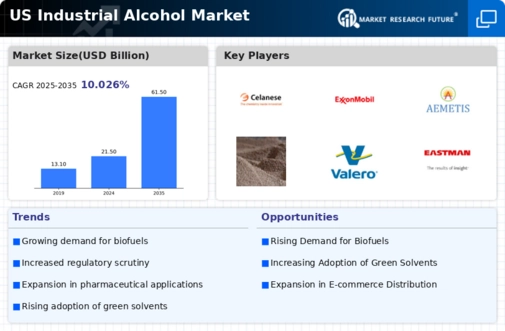
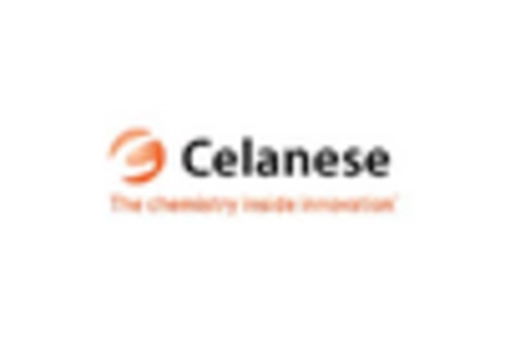

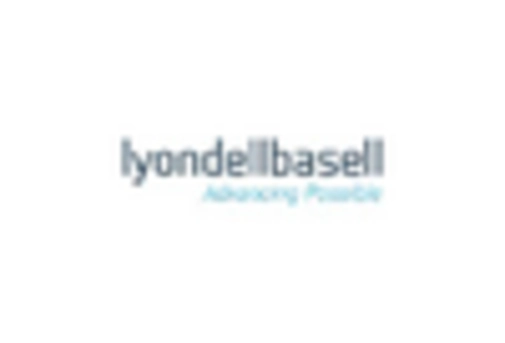

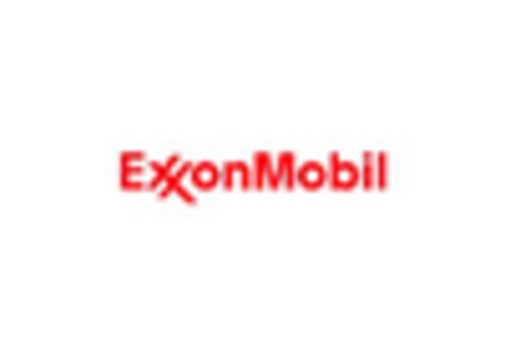
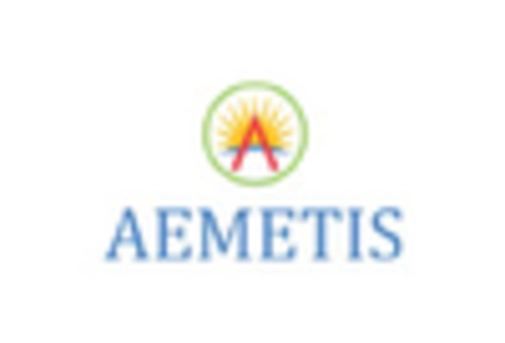


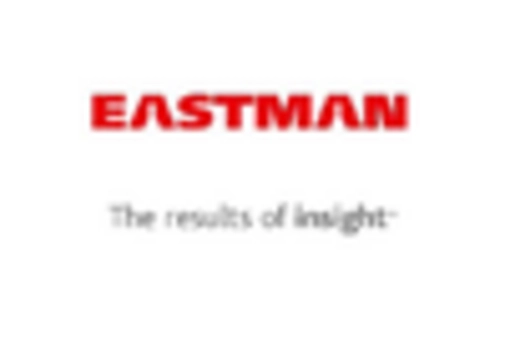
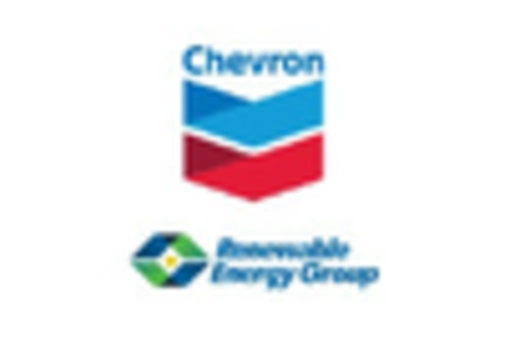
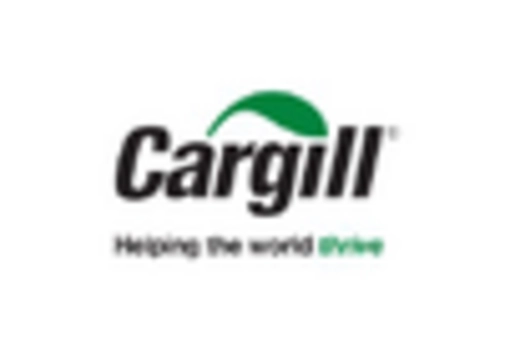








Leave a Comment